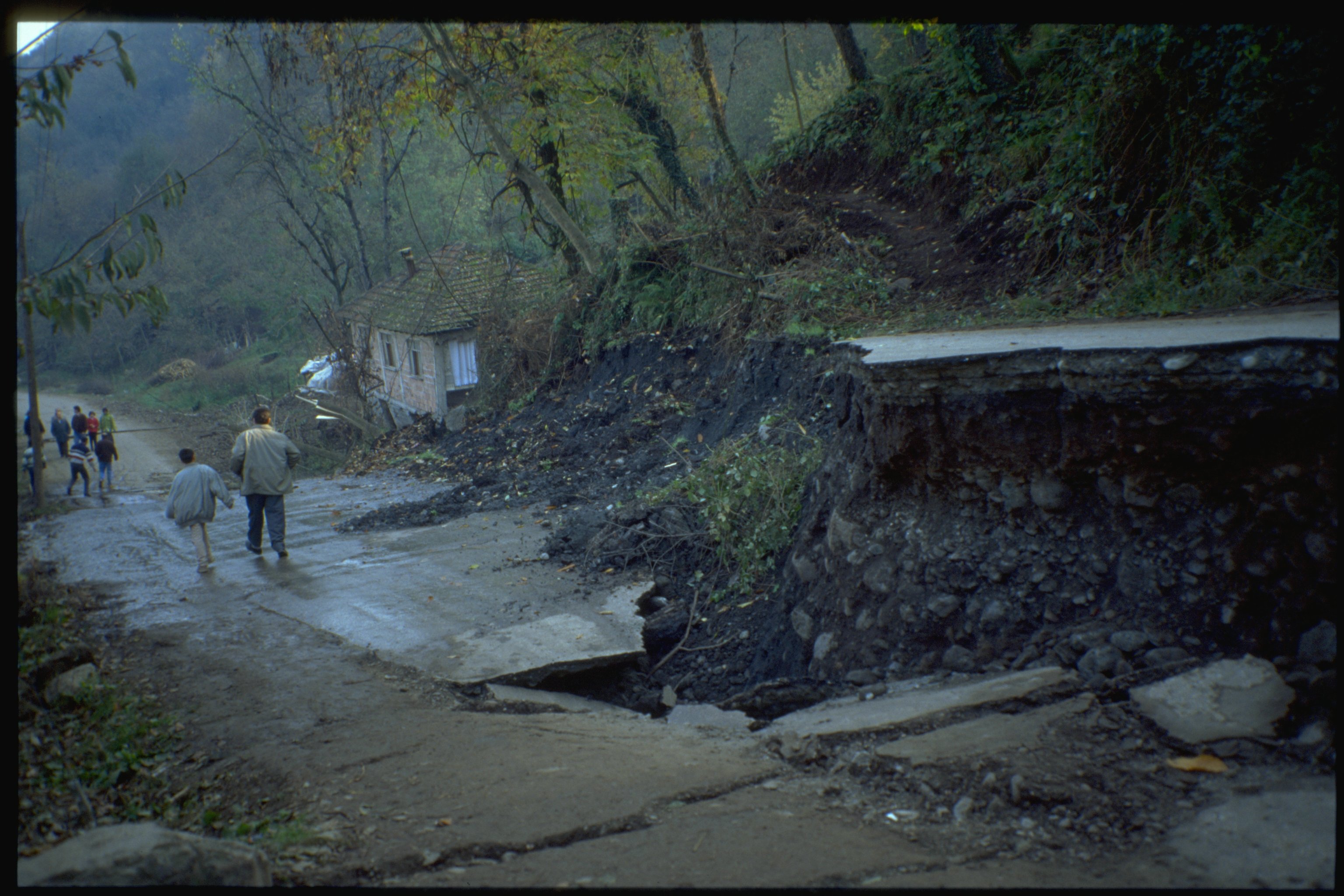All Categories
Featured
Table of Contents
Geophysical Survey in Perth WA 2022

The primary model for the radial structure of the interior of the Earth is the initial referral Earth design (PREM). Some parts of this model have actually been updated by current findings in mineral physics (see post-perovskite) and supplemented by seismic tomography. The mantle is primarily composed of silicates, and the boundaries between layers of the mantle follow phase shifts.

This makes plate tectonics possible. Schematic of Earth's magnetosphere. The solar wind Circulations from left to. If a planet's magnetic field is strong enough, its interaction with the solar wind forms a magnetosphere. Early space probes mapped out the gross dimensions of the Earth's electromagnetic field, which extends about 10 Earth radii towards the Sun.
Inside the magnetosphere, there are reasonably thick regions of solar wind particles called the Van Allen radiation belts. Geophysical measurements are normally at a particular time and location. Accurate measurements of position, in addition to earth deformation and gravity, are the province of geodesy. While geodesy and geophysics are separate fields, the two are so closely linked that lots of clinical organizations such as the American Geophysical Union, the Canadian Geophysical Union and the International Union of Geodesy and Geophysics encompass both.
Geophysicist Careers in Karawara WA 2023
A three-dimensional position is computed using messages from 4 or more visible satellites and described the 1980 Geodetic Referral System. An alternative, optical astronomy, integrates huge coordinates and the local gravity vector to get geodetic coordinates. This technique only supplies the position in 2 coordinates and is harder to use than GPS.
Gravity measurements ended up being part of geodesy because they were needed to related measurements at the surface area of the Earth to the referral coordinate system.
Satellites in area have made it possible to collect data from not only the noticeable light area, but in other locations of the electro-magnetic spectrum. The planets can be characterized by their force fields: gravity and their electromagnetic fields, which are studied through geophysics and space physics. Measuring the changes in velocity experienced by spacecraft as they orbit has actually permitted great details of the gravity fields of the worlds to be mapped.
Geoscience, Geophysics Option, in West Leederville Australia 2021

Considering that geophysics is worried with the shape of the Earth, and by extension the mapping of functions around and in the planet, geophysical measurements include high accuracy GPS measurements. These measurements are processed to increase their accuracy through differential GPS processing. Once the geophysical measurements have actually been processed and inverted, the analyzed outcomes are plotted using GIS.
Numerous geophysics companies have actually created internal geophysics programs that pre-date Arc, GIS and Geo, Soft in order to meet the visualization requirements of a geophysical dataset. Exploration geophysics is used geophysics that typically uses remote noticing platforms such as; satellites, airplane, ships, boats, rovers, drones, borehole noticing devices, and seismic receivers.
For circumstances, aeromagnetic data (aircraft collected magnetic data) collected utilizing traditional fixed-wing airplane platforms need to be corrected for electromagnetic eddy currents that are developed as the aircraft moves through Earth's magnetic field. There are likewise corrections associated with modifications in measured possible field strength as the Earth rotates, as the Earth orbits the Sun, and as the moon orbits the Earth.
Geophysical Surveys - Method Types And Work Tehniques I ... in West Swan Aus 2021
Signal processing includes the correction of time-series data for undesirable sound or mistakes introduced by the measurement platform, such as aircraft vibrations in gravity data. It likewise involves the reduction of sources of sound, such as diurnal corrections in magnetic data. In seismic data, electromagnetic information, and gravity information, processing continues after mistake corrections to include computational geophysics which result in the last interpretation of the geophysical data into a geological analysis of the geophysical measurements Geophysics emerged as a different discipline just in the 19th century, from the intersection of physical geography, geology, astronomy, meteorology, and physics.
The magnetic compass existed in China back as far as the fourth century BC. It was not up until excellent steel needles might be forged that compasses were used for navigation at sea; prior to that, they could not maintain their magnetism long enough to be beneficial.
By looking at which of eight toads had the ball, one could identify the direction of the earthquake. It was 1571 years before the very first style for a seismoscope was released in Europe, by Jean de la Hautefeuille. It was never ever developed. Among the publications that marked the start of modern-day science was William Gilbert's (1600 ), a report of a series of precise experiments in magnetism.
Become An Earthquake Scientist in Lakes Oz 2020
Geochemistry, Geophysics, Geosystems. National Aeronautics and Space Administration. Obtained 13 November 2018.
Runcorn, S.K, (editor-in-chief), 1967, International dictionary of geophysics:. Pergamon, Oxford, 2 volumes, 1,728 pp., 730 fig Geophysics, 1970, Encyclopaedia Britannica, Vol. Introduction to seismology (2nd ed.).
Latest Posts
Geophysical Surveys Definition & Meaning In Stock ... in Murdoch Oz 2023
About Environmental Geophysics in Middle Swan Aus 2022
Geophysicist Job Description in Australia 2021